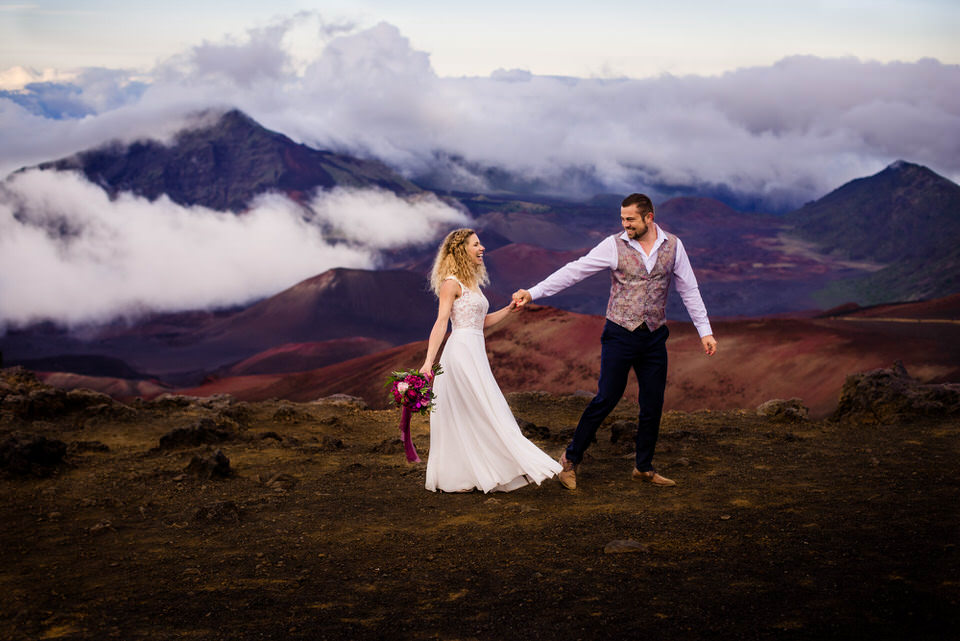4 Photo Editing Tools You Should Be Using
When I began my photography journey nearly a decade ago, I was managing my workflow like a hyped-up toddler fueled on caffeine in a room full of easily-excitable puppies.
That’s not an exaggeration. Well, maybe. But you get the point.
I was so excited to just get editing the images and deliver to my client that I didn’t put much time and effort into establishing a workflow. As my business started to boom and my volume increased, I couldn’t approach my workflow the way I had in the past.
Flying by the seat of my pants wasn’t going to cut it anymore. And I knew that if I continued down that path I would end up losing a session and get sloppy with my delivery.
Through much trial and error, I found several programs that helped me consolidate, organize and work smarter, not harder.
First, Photo Mechanic.
If you’re not using this program to cull – stop what you’re doing and get it now. It took my average session cull time from 45 minutes to 7 minutes. Yup. I timed it. Multiply that by the number of photo shoots I had per month, and I was literally saving hours in my workflow.
Time is money, folks. In those hours you save you can network with vendors, blog, send follow up emails – you can do things to ensure that your business is making more money in the future!
Try JPEGmini Pro For Free Now!
Second, creating new catalogs within Lightroom.
You likely use Lightroom to edit – and if you don’t – time to jump into 2018 and get out of 2010.
For years I had one huge photo catalog that I would dump everything into within Lightroom. Mostly because I just didn’t know any better.
But what happens when a client from 4 months ago wants a photo to be brightened a touch for printing? Or wants a black and white version of the image? Gosh – it took me so long to locate those files. I’d scroll and scroll and scroll because there was no easy way to access the file.
That is, until I understood what catalogs were.
Creating a new catalog for each client is easy. Just go to File>New Catalog and then name it the client’s name and save it within their client folder – the one that has the RAW images!
Now, I can easily pull up their folder with the RAW files, access their catalog, and find the image I need to work with. It was a 30-minute process that I turned into a 2-minute process just by creating a new catalog for every single client.
Third, I take the images that I want to share on my blog and my Instagram and I give them some extra love.
For me, this is twofold: I can give them extra attention in Lightroom or in Photoshop. Most images that I share on my site have been edited in both Lightroom and Photoshop. I think of it as the one-two punch for jaw-dropping images.
Then, after I’m done making those special images extra punchy, I will save those photos to a Portfolio Folder in my Dropbox account. That way it is accessible on my devices for Instagram, Facebook, or anything else I’d like to use them for!
Lastly, JPEgMINI.
I use JPEGmini when exporting from Lightroom. Reducing the file size has helped so much with saving space on both my web hosting (Pixieset) and my own hard drive space. Additionally, I’m able to export images so they’re blog optimized! Talk about saving time!
One of my mottos is to work smarter, not harder. By creating a workflow for editing you’re not only ensuring that you have consistency for your business, but you’re also creating a fail-safe for those days that you’re not on your A-Game.





